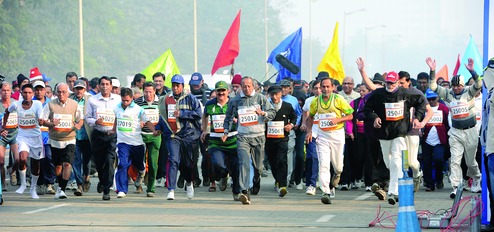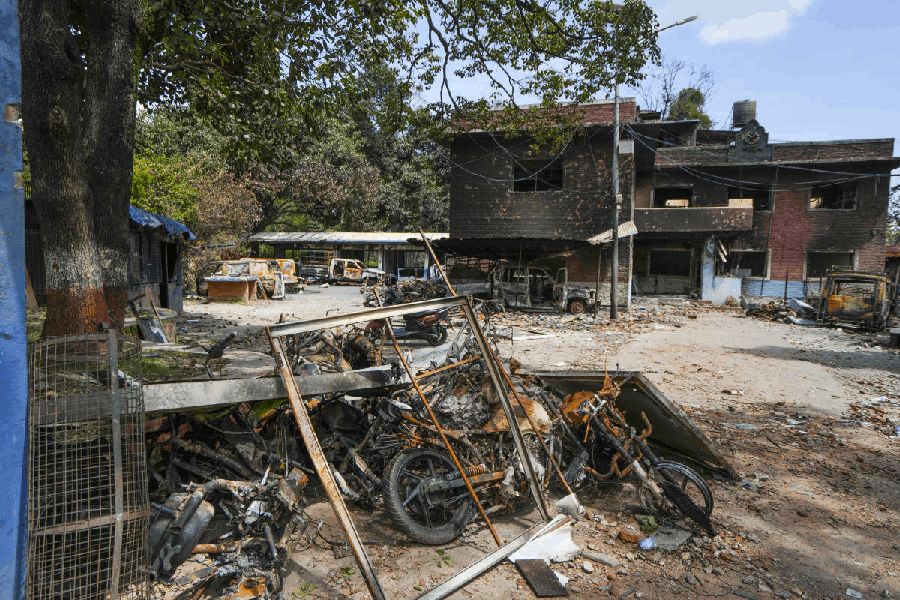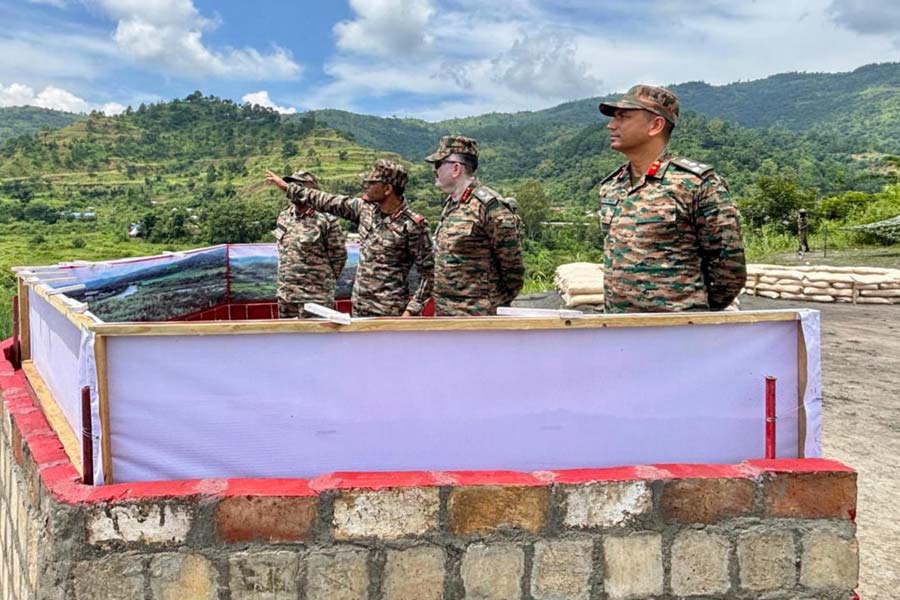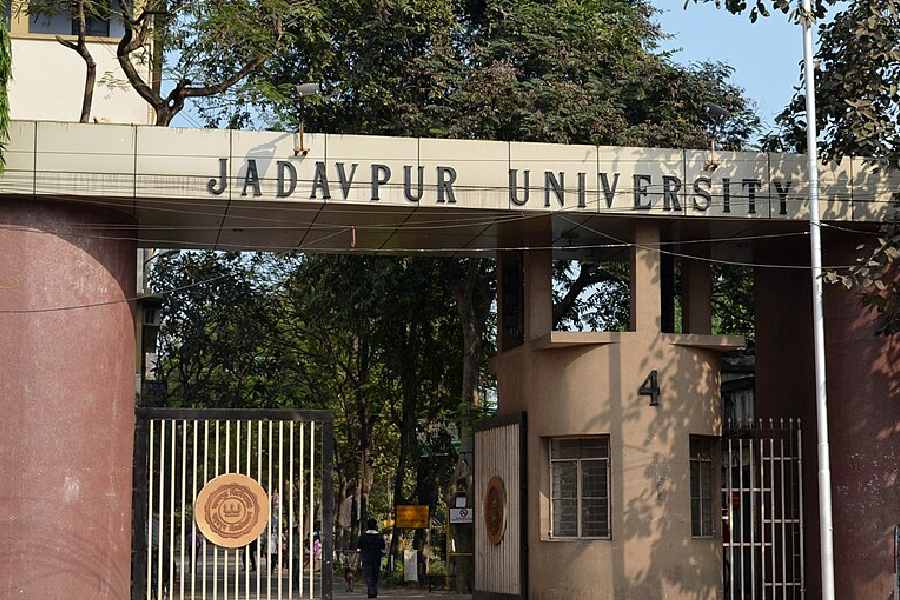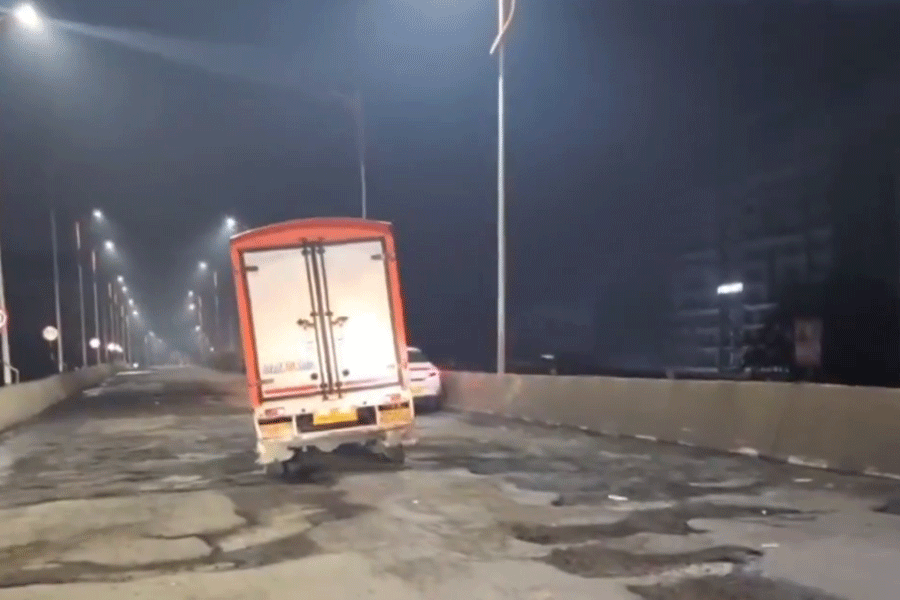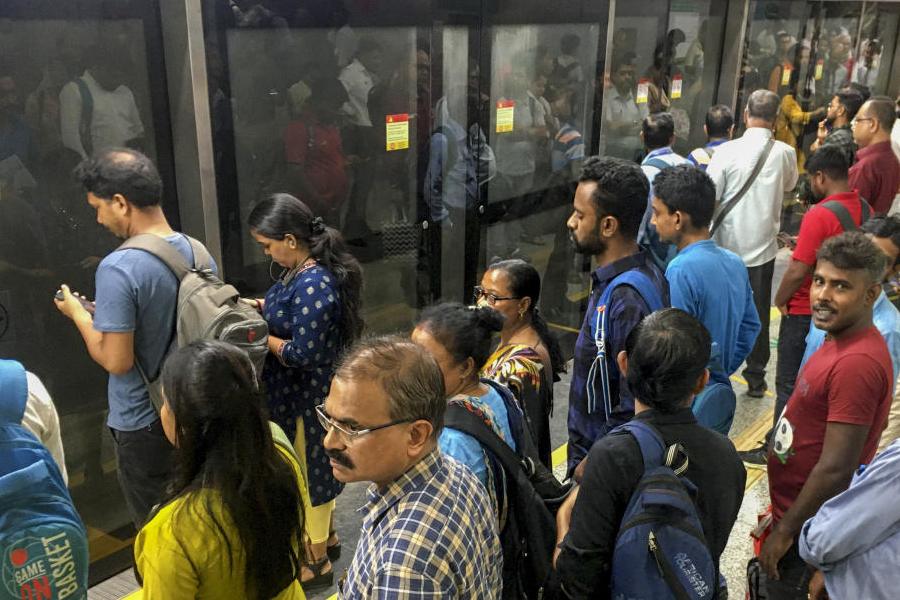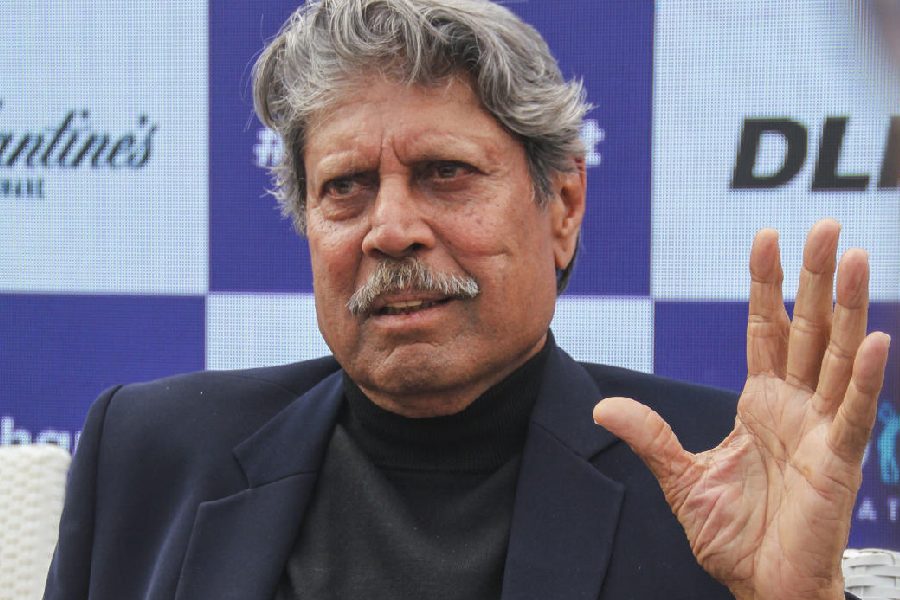
Running is all the craze these days and most of these runs - 5K, 10K, 15K, half or full marathon, or sometimes all of them - are held during the short winter season. Calcutta hosts a half dozen of these runs; there are many more held throughout the state. A large number of people take part, specially in the shorter runs, from sari-clad aunties to bare-foot sadhus to middle-aged men dressed in formals. Many of them might be fit but nearly none undergo any training for these runs. So while a few do reach the finish line, all of them have to live with the pain of forcing their pace.
Week of pain
While few of these runners face major trauma, all of them suffer from extreme pain in the ankle and knee joints, which lasts for a week. Added to it is the tightness and ache in the calf muscles. But the worst by far is severe breathlessness - even in people who have no history of breathing trouble - that hits during the run, along with vomiting and nausea. This is compounded by too little hydration as many amateurs have no idea what and how much to drink during a race. To avoid these problems, train your body before you hit the road.
It is best if you train for six weeks before you attempt a long-distance run. If you have fewer weeks left before your race day, worry not. Start training immediately because every bit helps. "Ideally, in a week you should have five to six sessions of training with three sessions kept for running and two sessions for strength training," says health and fitness coach Chinmoy Roy.
Stretch away woes
Ground training, which conditions the cardiovascular system and increases stamina, has to be combined along with it. Swimming and cycling are great cardiovascular exercises as is running. "Out of three sessions, keep two sessions for running 800 metres for 5-6 times, and 400 metres for 5-6 times. On the third running day, go for a 3-4 kilometre time trial - run a fixed distance and take note of the time you take to run it," Roy specifies. Before you start and after you finish your run, do some stretching. "The ankle and the hip are of great importance. Incorporate all the calf stretches. Stretch the glutes and the hip flexors too," says Roy.
He suggests practising your run on grassy grounds and not on the road. The impact to the knee from running on the hard road surface will wear the knee out and lead to joint pain. Wearing a good, branded running shoe is essential for the same reason. "Shoes which are too tight or too flexible around the toe are not good. Also the heel has to be well cushioned. Shoes make a huge difference in giving you comfort in running and keeping pain at bay," says Roy.
During the strength training sessions, focus on your legs. "If you have no knee pain, go ahead with squat, step-up lunge, single leg dead lift and Romanian dead lifts. Work on your calves with platform calf raise and seated calf raise. Also work on your hip with band-resisted sidewalk and band-resisted clamshell exercises. But if you suffer from knee pain, avoid these and opt for leg press and leg extensions in your gym," suggests Roy.
Eat right
Diet too is extremely important. "You need to be on a low-carb and high-protein diet," says Trilok Chand, a self-trained runner who has completed more than 25 half-marathons. You lose weight rapidly while training but that is no reason to binge on unhealthy food. Instead, consume more water, lean meat, fruits, vegetables and complex carbohydrates. Avoid candy, coffee, juice, soda, sugar, dairy products and fast food. While you should not run on a full stomach, it is equally important that you do not run on an empty stomach. Foods such as bananas, peanut butter and yogurt are perfect as pre-running snacks. And do not forget to drink plenty of water before, during and after the run.
The finish line is calling.

